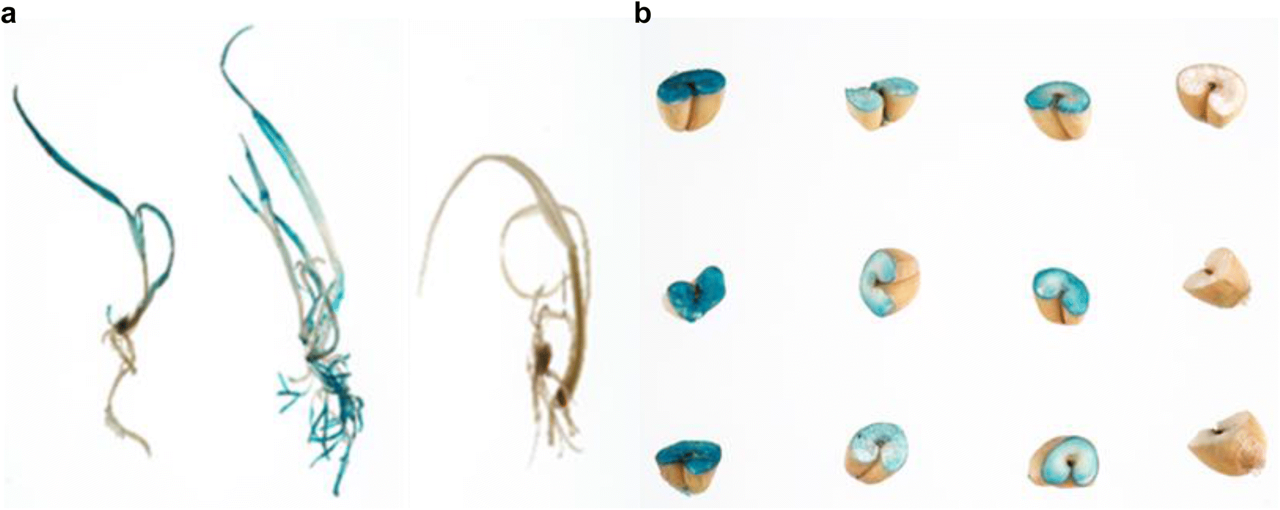The Biomarker Challenge is an annual competition that funds creative interdisciplinary projects at the interface of biology and engineering.
Each of the 20(+) teams that took part this year, have been supported to produce low cost, open access resources and instruments, for biology. This year, a whole array of innovative and creative projects returned to Cambridge to showcase their final products.
The event also hosted inspiring talks from; Karen Sarkisan (Imperial College) on his start-up company Planta, where they are creating self-luminous plants, Oscar Gonzalez (Quadram Institute) on his team’s speed breeding chamber and Harrison Steel (Oxford University), who spoke of his innovative robotic platform Chi:Bio.
Best Biomaker Spirit awarded to the OpenCM biomaker team
As usual, awards were given out to three outstanding projects. This year the Best Technology prize was given to the LunaFlow team for their incubator which uses a tomographic camera system to measure the luminescent response of pressure sensitive diatoms.
The Best Biology award was given to the team behind creating an Open and Affordable 3D Bioprinter, which provides temperature controlled printing of bacteria and algae. Lastly, the OpenCM team was given the Best Biomaker Spirit award, for their project which judges stated was a great example of the combined use of open technologies.
Congratulations to the three winning teams and to all the teams who made it to the fayre to exhibit their exciting projects.
For more information on the projects check out the Biomaker hackster page to see what the teams have been up to this year.
LunaFlow winners of this year’s Best Technology award.
Open and Affordable 3D Bioprinter team, winners of this year’s Best Biology award

![[Closes 24 Nov 2107] Apply now to the OpenPlant Fund!](https://images.squarespace-cdn.com/content/v1/54a6bdb7e4b08424e69c93a1/1509564315902-TUO4I6QRWI9TT8UGSIAJ/OpenPlantTwitter_400x400+%281%29.jpg)

![[Closes 7 Mar 2017] OpenPlant Research Associate (Haseloff Lab)](https://images.squarespace-cdn.com/content/v1/54a6bdb7e4b08424e69c93a1/1486552818859-FH76MCA8SMFU93WB85RX/OpenPlantTwitter_400x400.jpg)












